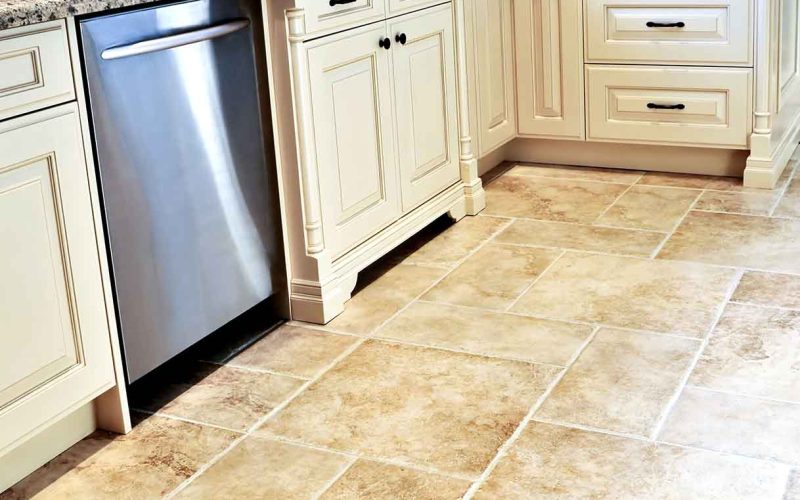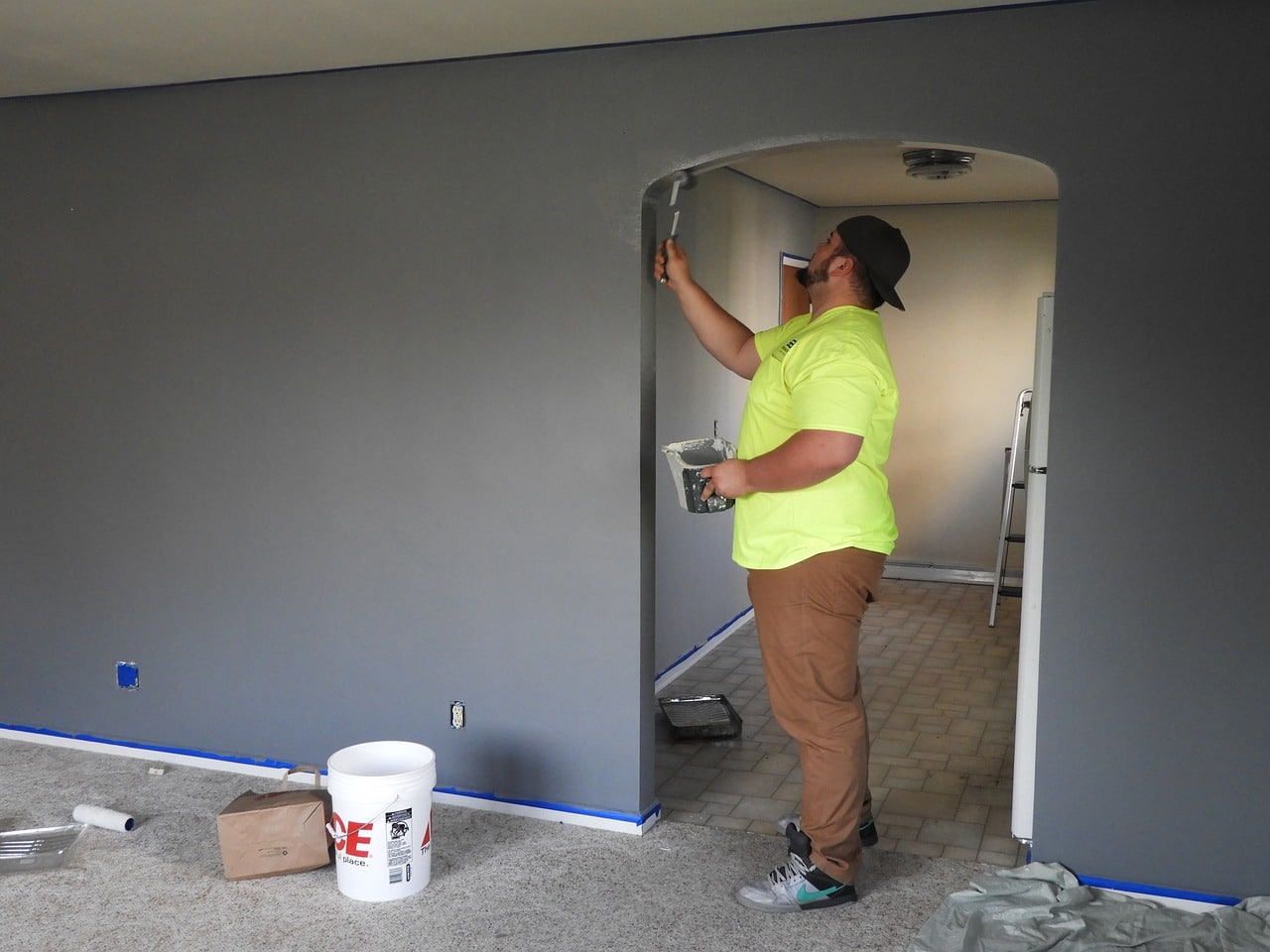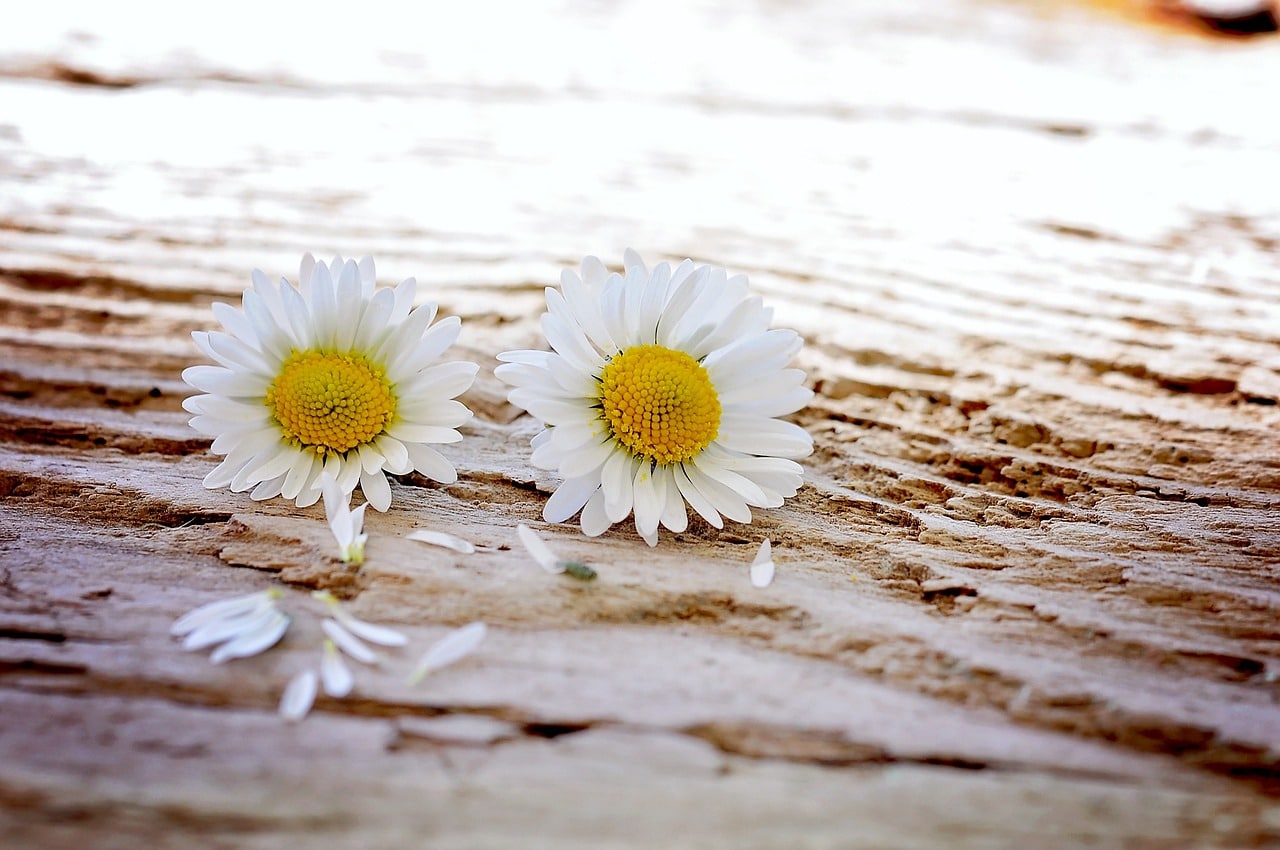Not even a single type of flooring is suitable for every use. So this question that which types of flooring are needed rises in everyone’s mind.
Just for the sake of instance, you can consider ceramic tiles, which are ideal for only high traffic areas, especially wet places of the house.
What if we place it with wooden flooring like hardwood; everything goes in vain.
So while choosing types of flooring, consider its intended use before making a purchase. We have developed a list of various floorings considering their functionality and compatibility.
1. Engineered Wood
Engineered Wood is utterly different from the way it looks. It has a thin veneer on top, usually made from natural wood, while less expansive layers of plywood support it underneath.
This creates a lovely combination of economy with strength. HGTV says that few engineered woods are even more stable whose composition contains a mixture of stone dust with recycled wood fiber.
Most Appropriate Usage
It’s a considerable alternative to solid wood. So, it has applications wherever solid fits best. Due to better and reliable performance in changing weathers, so it’s the best usage lies in basements and enclosed porches.
Though it is also suitable for living areas but users give it a second preference, following solid wood.
Pros
Engineered Wood provides you a solid wood flooring at a comparatively lower price than other wooden floorings. This makes usage of dent and stain-resistant woods like tigerwood relatively easier and affordable.
Another big plus of these types of flooring is that they are less sensitive to seasonal variations and even more stable than solid wood.
Cons
They are prone to dent and stains just like the solid wood- though few additions make it give a better experience. When compared to hardwood, it’s less durable due to finishing limitations. In most cases, it can only once be refinished.
Pricing
There are two types of prices associated with all types of floorings: material cost and installation charges.
According to wide ranges of users, it usually costs 30 percent lesser than solid wood means about $4 per foot cost. Its installation charges are more or less the same as hardwood.
2. Hardwood
Solid wood or hardwood has been part of the construction and décor industry for years or decades in the United States and other such countries.
Material is simple, and the best part is that these types of flooring are quite easy to install. 0.5 to 0.7-inch thick wooden planks laid on the wooden subfloor via nailing.
Most Appropriate Usage
Hardwood is a material suitable for areas where movements are usually lesser. So, users have recommended it for living rooms, dining rooms, or even in family rooms.
A few people recommend solid wood for kitchens and such areas, which usually gets high movements, but consumer report simply denies.
Dragging of materials deteriorates to a maximum as compared to engineered woods.
Pros
Such types of floorings are easy to clean and long-lasting in life. Most of the house owners use it in their homes due to aesthetics and, more importantly, its number of times refinishing capability.
According to user reports, it can provide your floors with up to five refinishes, drastically increasing its life. Realtor.com projects that people who use hardwood for home décor get 70 to 80% returns of cost at the time of selling.
Cons
Hardwood can’t bear rough usage; that’s why their use in the kitchen is quite limited. Moisture is their open enemy.
If they remained exposed to moisture for a more extended period of time, then deterioration of solid wood starts without any prior warning.
Solid wood also doesn’t do well with the weather variations, as shrinking and expansion make them an easy target for bends and dents. On average, refinishing takes place after every ten years.
Pricing
Such types of flooring cost almost $3 to $14 depending upon the quality, says HomeAdvisor. This price may vary depending upon the level of installation you want; the higher you choose, the costlier it becomes.
3. Vinyl
Vinyl is a unique type of flooring that is flexible in nature. It gives a softer touch to the feet while walking over it. Especially, a thin cushioned layer gives it a smoother and premium feel.
Layers of PVC are used in developing such floorings. The stones or wood touch prevails in the case of thicker vinyl floorings.
Most Appropriate Usage
Vinyl is an excellent alternative to most ceramic tile usage areas, especially when temperature prevails.
Unlike most of the tiles, vinyl doesn’t react much to temperature variations. They are perfect to use in kitchens and other high movement areas.
Pros
It can stand both high movements and moisture disturbances. According to HGTV, it can last up to 20 years but still comes under inexpensive categories of floorings.
Installation of plank vinyl is relatively easier, but sheet vinyl is difficult, so expensive as well. They are easy to clean, and even in the case of plank vinyl, it’s super easy to replace them.
Cons
Though these types of floorings seem like stones and wood cheaper vinyl gives a truly fake look even at first glance. Lower end vinyl even doesn’t offer and considerable range of colors and patterns.
It’s manufacturing from non-renewable sources like PVC and petroleum products makes it a considerable problem in the world seeking eco-friendly products.
Pricing
Vinyl is an inexpensive flooring costing about 0.05$ to 5$ with an installation cost of almost 3$ to 10$ dollar per foot. The price of vinyl planks and sheets differ from each other. Overall undoubtedly, vinyl is the best value-to-money package.
4. Ceramic Tiles
Proper heating of clay and shale in pottery kilns results in ceramic tiles. There are tens and tens of patterns, colors, and even shapes available for these tiles.
Ceramic tiles are usually tough, but not all of them are suitable for flooring. So, before buying, make sure to check their rating while considering your intended function.
Most Appropriate Usage
These are ideal for water-excess areas like bathrooms, washrooms, and laundry. They are also perfect for high-traffic areas like kitchens, especially porcelain tiles.
Their usage in enclosed porches and sunrooms is also getting common these days.
Pros
Printing technology has revolutionized the tiles industry as you can any desired pattern on your tiles. Hundreds of colors and tens of sizes make them super easy to install.
Consumer reports suggest that porcelain tiles are scratch, dust, and dent resistant. Their usage in bathrooms and laundry is pretty common nowadays.
Cons
They are slippery in nature, especially when they are wet. So, if you use them without an anti-slipping coating, it may cause injuries to the residents.
Another vital factor is that tiles are good temperature receptors. In hot weather, they become burning hot while in the cold, making them unbearably cold.
Durability and maintenance marginally depend upon the quality of tiles you have chosen.
Pricing
Due to the wide range of colors, types, patterns, quality, their price varies marginally. It can be as low as even below one dollar and as high as above 100$ per square foot. Installation charges vary from 7$ to 20$ depending upon the type of tiles and quality of installation.
5. Bamboo Flooring
Bamboo flooring is growing as one of the fastest replacements to hardwood flooring mainly due to its eco-friendly nature.
Although there are a few cautions associated with its environmental relation, that’s not the central point here. Overall this types of flooring give the same look and feel as hardwood.
Most Appropriate Usage
Uses of bamboo flooring are more or less the same as hardwood flooring, but it’s not strong enough to bear high movements and draggings like in mudrooms and kitchens. You can confidently use them in living rooms, bedrooms, and hallways.
Pros
Firstly it has more water-resistant capability than hardwood but is still not preferred in bathrooms as it grows faster and similarly absorbs higher rates of carbon dioxide from the environment.
Due to this reason, most experts call it an eco-friendly alternative to hardwood. Most importantly, it’s available in forms that are easy to install and refinish.
Cons
The durability of bamboos varies with type. As per HomeAdvisors, these types of floorings are attached mainly by using glues that contain formaldehyde which is harmful in nature.
Secondly, darker color bamboos are weaker than those with natural greener color because coloring deteriorates its strength. This flooring didn’t show any considerable resistance against dents and scratches.
Pricing
Its cost revolves around 1.5$ per square foot. The installation cost of bamboo flooring is also approximately 4$ per square foot.
6. Linoleum
It’s a centuries-old competitor of newly discovered vinyl flooring. Such types of floorings were widely used in the 1940s, but afterward, they disappeared due to the introduction of chemical-based vinyl flooring.
Linoleum is purely a natural flooring made from linseed oil and cork powder. Once again, experts are also looking to introduce Lienoleum due to its eco-friendly nature compared to vinyl.
Most Appropriate Uses
Family rooms, kitchens, and even dens are better with linoleum flooring. You can also use it in the bedroom and even in basements but make sure to make them moisture-free.
Pros
Due to their durable nature, these types of floorings can last for as long as 40 years with proper care. It’s super easy to clean them.
Also, it is somehow starch resistant, especially when compared to vinyl. It’s also available in tens of colors and patterns. Just like vinyl, linoleum also gives a soft feel and touch when we walk on it.
Cons
There are some particular issues associated with it which mainly lead to a decrease in its usage. Especially sunlight creates a yellowish layer over it, though nowadays, few protective layers are available to prevent this from happening.
Linoleum flooring shows some resistance to denting, but high heels and sharp edge things still tear it apart.
Pricing
According to HomeAdvisor, one square foot of linoleum costs almost $2 to $5 means a bit expensive than vinyl. Installation cost is almost the same as vinyl means $3 to $10. Lesser usage and availability might lead to an increase in its prices than vinyl.
7. Laminate
Types of flooring related to laminate are more or less the same as engineered wood in terms of layering. Just like engineered wood, there are layers of plywood underneath the top layer.
This top layer in the case of laminate contains photographs under a clear plastic coating. So, it can have any desired texture or design.
Most Appropriate Uses
Laminate is a tough material, so it can bear heavy movements. Due to this, it is widely used in kitchens and mudrooms. Even you can use it in foyers and playrooms.
Basements can also host this flooring but make sure there should be any standing water or leakage. It’s always preferable to avoid such laminate in wet areas like bathrooms.
Pros
It’s a less expansive alternative to wood or stone flooring providing relatively the same quality. Maintenance is super easy, and even cleaning is relatively much easier than many other types of floorings.
Installation is also simple, so you don’t need any professional to do it for you. You can do it by yourself, which makes you save a lot of money and time.
Cons
The plastic coating on the top layer makes it slippery, especially in moist conditions. One of the most significant drawbacks of laminate is that it can’t be refinished.
There’s only one way to deal with it, named as the replacement. So, in the longer run, it becomes less cost-effective than wood or tiles.
Pricing
Laminate mainly costs lesser than even $1. If you go for a very fine one, then the price can shoot to a maximum of $2, which is still a very cheaper alternative.
You can do the installation job by yourself, but if you go for some professional, then $3 to $10 can be a reasonable price for it.
8. Cork
Cork is a sustainable material that is actually the bark of a particular tree. After every 8 to 10 years, you can take bark without damaging or killing the tree.
The bark is then boiled, compressed into sheets with a resin binder, followed by baking in the kiln.
Most Appropriate Usage
Such type of flooring is successful in living rooms, kitchens, and playrooms. It’s always preferable to avoid its use in wet areas such as bathrooms. Also, cork flooring is not suitable in high-traffic areas like mudrooms.
Pros
It is slip-resistant, giving a natural and pleasing feel to the eyes. Cork provides a soft touch under the foot. Most importantly, click-lock planks and even cork tiles are super easy to install.
It has natural resistance against termites, fire, and old. It can last up to 40 years by ensuring proper maintenance.
Its manufacturing utilizes leftover wine cork production, which makes it an eco-friendly material.
Cons
Cork deterioration occurs if it comes in contact with moisture. Scratches and dents are also responsible for their wear and tear.
Its maintenance is quite hectic and costly as after every two to three years, proper resealing either with polyurethane or wax is required. This, in turn, develops and a protective shield against water and stains.
Pricing
Cork flooring cost ranges from $3 to $12 depending upon quality. You don’t need anyone for its installation, but it would cost you an additional $2 per square foot if you still go for it.
Bottom Line
Multiple types of flooring are available in the market in tens of patterns and hundreds of styles and sizes. Considering your intended usage, always buy accordingly. While buying, always consider how long you need this type of flooring. Last but not least, hire professionals for installation because it’s a delicate job where a slight difference can create a mess for you.








